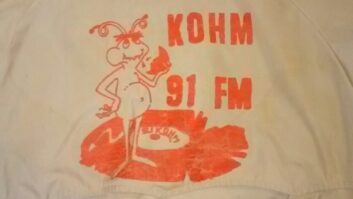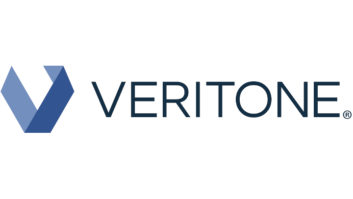Most readers will recall the 1996 deregulation that allowed the U.S. radio industry to begin what has since amounted to a massive consolidation.
Radio groups that had been limited to owning 40 stations at most nationwide quickly grew into far larger entities amassing hundreds of licenses under a single ownership, with the largest topping out at more than 1,000.
While many radio stations once had been independent or part of broader local firms (often including TV stations), the consolidation boom moved most stations into new companies that were consisted largely, if not exclusively, of other radio stations. The economies of scale from such unified operations were expected to keep radio competitive with other established and emerging media.
Now, perhaps an unlucky 13 years later, we see the flip side of that equation, in which the risk of such “verticality” comes calling. With all of their eggs in one media basket, some of these radio groups are feeling the pain of their highly leveraged, narrowly placed bets.
The current economic downturn certainly is a catalyst for this, but the system seems almost designed to fail given such circumstances. It may be time to change the ownership model within which radio stations operate.
This does not necessarily imply a return to the earlier, pre-deregulation model. Perhaps radio can strike the proper balance by shifting from large, radio-only companies to smaller, local media-focused organizations. In other words, instead of radio stations being consolidated with other radio stations in other markets, apply the economies of scale by grouping radio stations with other media assets in the same markets or regions.
Some small-town radio operators we’ve talked to have moved in this direction already, buying local arts weeklies or other publications and media properties in their towns, thereby serving as a one-stop shop for local (or other) businesses to place all their advertising for the region. One sales force provides its customers with advertising delivered across multiple local outlets in a single media buy.
Taking this model “upmarket” might conflict with some advertising agency business, but this new approach removes some of the need for such middlemen, and thus better serves the advertiser. At some levels it could also run afoul of cross-ownership rules, but even the liberal-minded Acting Chairman Michael Copps has hinted that the commission might be open to another try at such deregulation, and this time the courts or Congress might let it actually happen. It’s amazing what changing circumstances can do.
We do not advocate simply trading one form of hegemony for another; but we continue to believe that radio’s greatest asset is its localism. Its ownership model should be one that allows this feature to shine brightest and be optimally leveraged. Instead of radio stations being stacked atop one another in an ever-rising national tower of (dubious) power, consider rearranging them into multiple branches of locally rooted media trees.
— Radio World












